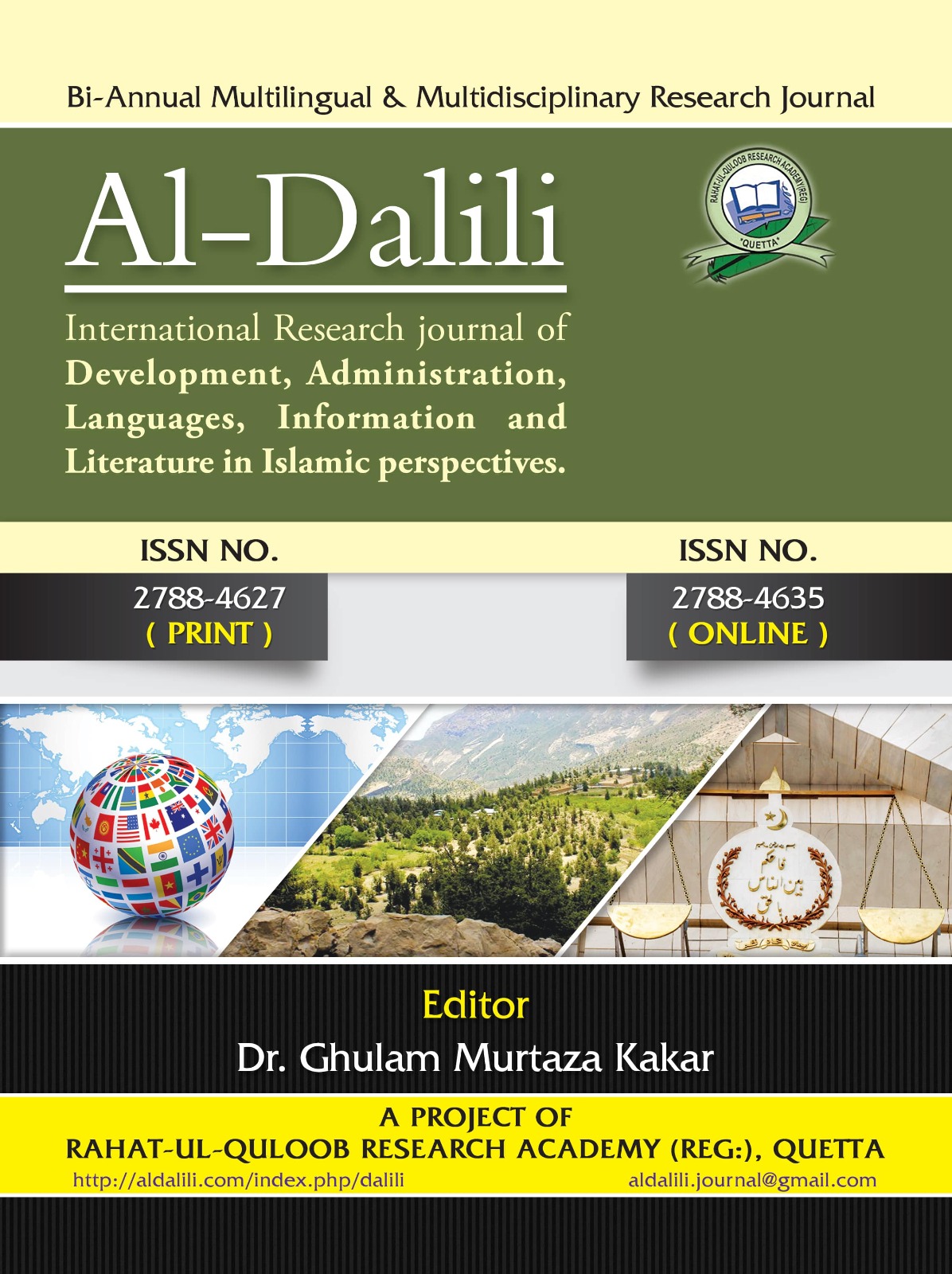ENGLISH: Why Do Pashtun Nationalist Parties Fail in Balochistan? Analyzing Structural, Ethnic, and Political Barriers
Keywords:
Pashtun Nationalism, Balochistan Politics, PKMAP, ethinic Politics, institutional barriers, electoral decline, Party fragmentation, Political co-optation, Khyber Pakhtunkhwa, Democratic reforms.Abstract
This study investigates the recurring failures of Pashtun nationalist parties in Balochistan despite the region’s sizeable Pashtun population. Through a comprehensive analysis of historical context, electoral trends, and structural challenges, the paper explores why parties like the Pashtunkhwa Milli Awami Party (PKMAP) and Awami National Party (ANP) struggle to maintain political influence. It identifies a combination of institutional barriers, such as centralization of power and flawed electoral systems, alongside ethnic fragmentation, shifting demographics, and political co-optation. Case studies of PKMAP’s rise and fall (2013–2018) highlight how alliances with federal parties and leadership disconnection from grassroots voters eroded public trust. A comparative lens contrasts this decline with the resilience of Baloch nationalist groups and the relative success of Pashtun parties in Khyber Pakhtunkhwa. The paper concludes with reform-oriented recommendations, emphasizing internal party democratization, youth engagement, and strategic alliances, aiming to revitalize Pashtun nationalist politics in Balochistan’s evolving political landscape.
Downloads
Published
How to Cite
Issue
Section
License
Copyright (c) 2024 CC Attribution 4.0

This work is licensed under a Creative Commons Attribution 4.0 International License.






